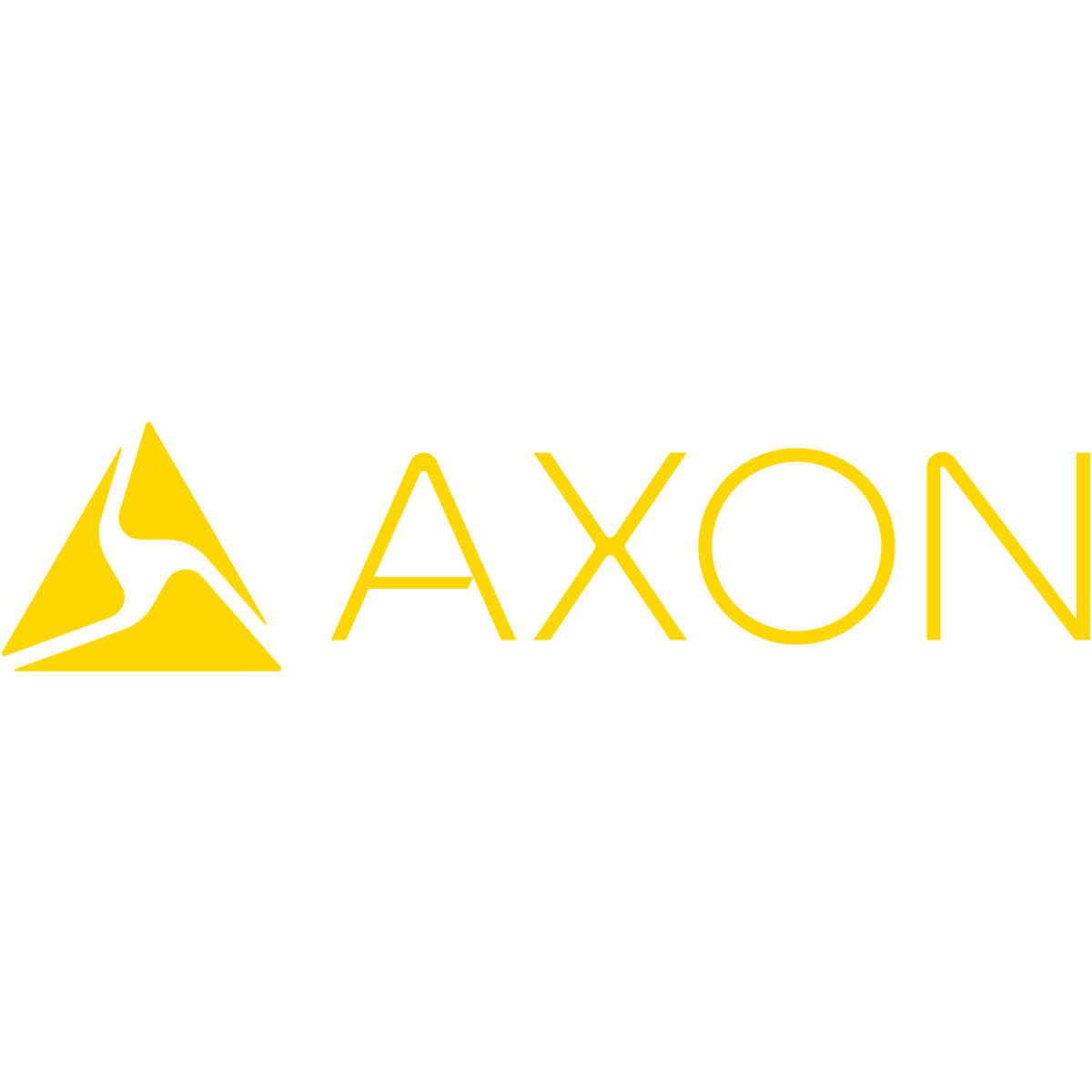Laser scanning for crime scenes
High-definition laser scanning equipment is now being used to make accurate 3D copies of crime scenes.

High-definition laser scanning equipment is now being used to make accurate 3D copies of crime scenes.
Being able to record a crime scene has been an essential part of police work for decades. Traditionally this meant the use of 2D printed drawings and other schematics as well as still photography. The major problem with these methods is that they are subjective based on the photographs taken. It is also impossible to gain an insight into the scale of the crime scene itself.
Using the very latest Sub Millimetre Laser Scanner developed by Plowman Craven and Associates, its now possible to record every aspect of a crime scene and view the completed images on-screen. The laser is positioned in the crime scene and then progressively scans across its field of vision building up the 3D image one slice at a time. Thousands of images are recorded that will later be interpreted by a computer to recreate the crime scene in its entirety.
The technology that has been developed usually finds a home on archaeological digs as the scanning beam of the laser can help reconstruct ancient buildings. In the film industry, the background images that we see saw in some of the summers blockbuster movies also used this technology.
Mark Harrison, Special Advisor for Search in Homicide, National Crime Operations Facility commented: The key elements of this technology is its ability to capture a crime scene rapidly in any weather conditions and even at night, as the system doesnt require daylight. The system is also able to capture the scene from a stand-off point of view that means its none invasive. The information captured can then be remodelled and used as an investigative tool.
For investigative purposed you can easily corroborate a witness statement by relating this to the scan of the crime scene. In court its possible to populate the scene with the victim and witnesses and then walk the jury through the scene. So the system can really be used from the initial crime scene, right through to the court presentation in one seamless system.
Simon Barnes, MD, Plowman Craven and Associates also commented: The system enhances the effective of evidence presented in court. Everyone understands a three dimensional image. A two dimensional drawing on the other hand can be interpreted in slightly different ways. With a three dimensional image, the entire crime scene can be viewed in context.
Also, you can recreate a scene after it has been destroyed. Its possible to do a series of visualisations a movie if you like, and retrofit from gathered evidence what a crime scene was like before it was destroyed. Its also possible to sanitise the scene for public consumption. Also the speed with which the system can capture a scene is also of great advantage. This can be done in less than an hour in some cases. The data can then be used to take measurements from for instance, and will stand the test of being in court. Plowman Craven and Associates now operate a 24 hour call-out service for police forces across the country.


